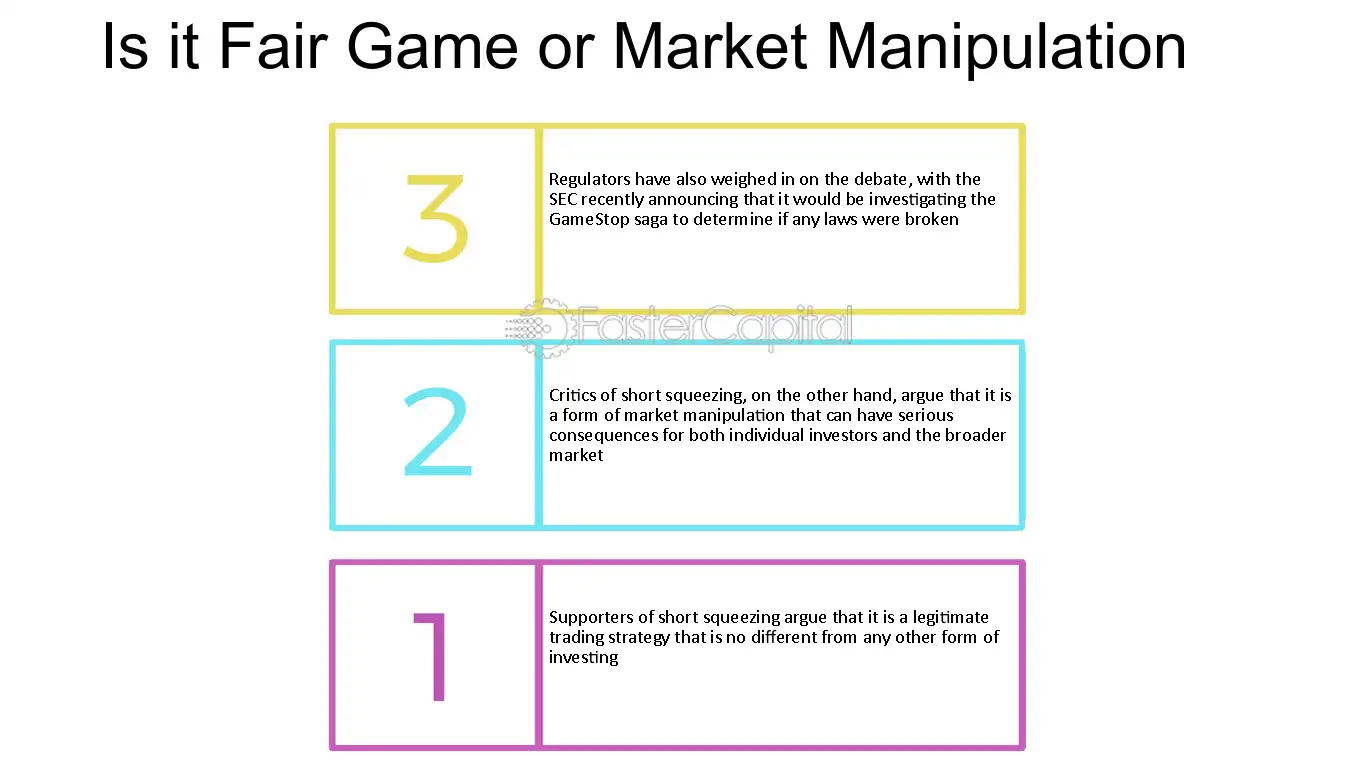Did you know that in the world of trading, insider information can be more elusive than a cat in a room full of rocking chairs? Understanding the signs of insider trading in day markets is crucial for traders looking to navigate the complexities of the stock market. This article dives into common indicators of insider activity, from unusual trading volumes and price patterns to sudden stock movements and timing of trades. We’ll explore how insiders behave, the telltale signs of front-running, and the impact of regulatory red flags on market volatility. Additionally, we’ll discuss practical tools to detect suspicious activity and how traders can protect themselves from falling victim to insider schemes. Join DayTradingBusiness as we unravel the intricate web of insider trading and empower you to make informed trading decisions.
What are common signs of insider trading in day markets?
Sudden, unexplained price spikes or drops without news signal insider trading. Unusual trading volume ahead of major announcements indicates someone with privileged info. Repeatedly executing trades just before market-moving events is a red flag. Consistent profits on volatile stocks with no clear reason suggest insider activity. Also, if insiders or related parties frequently trade in specific stocks, that’s suspicious. Unusual order patterns, like large blocks placed just before key info leaks, point to insider trading.
How can unusual trading volume indicate insider activity?
Unusual trading volume signals that insiders might be buying or selling ahead of news or events. Sudden spikes without clear news suggest someone with confidential info is acting. If volume surges sharply while the stock price moves unexpectedly, it hints at insider activity. Such patterns often precede large price swings, revealing private knowledge influencing trading decisions.
What price patterns suggest insider trading during the day?
Unusual price spikes with minimal news, rapid price jumps before major announcements, and sudden, sharp increases in volume combined with these spikes can indicate insider trading during the day. Look for patterns where stock prices move significantly outside typical volatility without clear news catalysts. Also, when a stock's price jumps just before earnings or key reports, it might suggest someone with insider info acted early.
How does sudden stock price movement hint at insider information?
A sudden stock price spike or drop with no news suggests insider info. If a stock moves sharply on little or no public updates, insiders might be trading ahead of big announcements. Unusual volume paired with rapid price changes also points to possible insider trading. These signals often indicate someone with confidential info acting before it hits the market.
What role do insider trades before major news play?
Insider trades before major news often signal people with confidential information acting on it. They can cause sudden, unusual price moves, hinting at potential insider trading. Spotting these trades helps identify market manipulation or illegal activity.
How to spot suspicious trading activity around earnings reports?

Look for unusual trading volume spikes just before earnings releases. Check for large, rapid buy or sell orders that don’t match typical patterns. Notice if stock prices jump or drop sharply ahead of positive or negative earnings news. Watch for insider trades reported just before earnings that aren't publicly disclosed. Pay attention to consistent trading in options or derivatives signaling insider knowledge. Sudden changes in stock volatility around earnings can also hint at suspicious activity.
What are the telltale signs of front-running in day markets?
Signs of front-running in day markets include large orders placed just before major trades to profit from price movements, unusually rapid trade executions around significant news, and a pattern of consistently ahead-of-the-curve trades by specific traders. Watch for disproportionate order sizes that seem to anticipate market moves, and if a trader consistently profits from information not publicly available, it suggests front-running. Sudden spikes in trading volume before market-moving events can also hint at front-running activity.
How does timing of trades relate to insider knowledge?
Timing of trades that suddenly spike or drop just before big news often indicates insider knowledge. If someone trades heavily right before a major announcement, it suggests they knew the information in advance. Unusual trading activity aligned with specific news releases is a key sign of insider trading.
What behavioral patterns do insiders exhibit during trading hours?
Insiders often trade just before big price moves, showing unusual activity in volume and timing. They may buy or sell large amounts when news is not yet public, signaling access to confidential info. Their trades tend to cluster around key events, like earnings or regulatory announcements. You might notice consistent, strategic patterns—buying before upward spikes or selling before declines—unusual given the stock’s normal volatility. These patterns reflect their attempt to capitalize on non-public information during trading hours.
How can abnormal order sizes signal insider involvement?
Abnormal order sizes, like unusually large trades that don’t match typical market activity, can indicate insider trading. If someone has confidential information, they might place big orders before news hits the public, signaling insider involvement. Repeated large trades just before significant price moves often suggest insiders are acting on non-public info. These suspiciously large orders stand out from normal trading patterns and can be a red flag for insider trading in day markets.
What regulatory red flags indicate possible insider trading?

Unusual trading volume before major news, sudden spikes in stock activity, and trades that seem out of sync with market trends signal possible insider trading. If someone consistently profits from confidential information or makes large trades just before earnings reports or regulatory announcements, that’s suspicious. Repeated pattern of trades by insiders or close associates right before market-moving events also raises red flags. Unexplained account activity or access to non-public information can be key indicators.
How do illegal trades impact stock volatility in the short term?
Illegal trades, like insider trading, cause sudden price swings and increased volatility in day markets. When insiders execute secret transactions, they create unpredictable price movements that can mislead other traders. This short-term chaos leads to sharp spikes or drops, making the market appear unstable. Such illicit activity erodes trust, prompting rapid buying or selling as traders react to suspicious activity. Overall, illegal trades inject uncertainty and heighten stock volatility instantly.
What tools or indicators help detect insider trading early?
Tools like FINRA’s Market Surveillance System, Nasdaq’s MarketWatch, and SEC’s EDGAR help spot unusual trading patterns indicating insider trading. Indicators include sudden spikes in volume, irregular price movements before news releases, and large trades by insiders or suspicious accounts. Real-time alerts from trading algorithms and anomaly detection software also flag suspicious activity early. Monitoring insider disclosures and examining unusual pre-news trades can reveal insider trading signs in day markets.
How does market manipulation differ from legitimate trading?

Market manipulation involves deliberately deceiving or misleading the market to create artificial prices, often through tactics like spreading false information or placing fake trades. Legitimate trading is based on genuine investor decisions driven by real market data, company fundamentals, or economic news. Unlike manipulation, legitimate trading respects market rules and reflects honest supply and demand. Signs of insider trading include sudden, unexplained price movements, large trades before news releases, or trades inconsistent with public information.
Learn about How Do Institutional Trading Strategies Differ from Individual Trading?
What are the legal consequences of insider trading?
The legal consequences of insider trading include hefty fines, disgorgement of profits, and prison sentences up to 20 years. Regulators like the SEC can impose civil penalties, while criminal charges can lead to federal prison. Convictions also damage reputations and can bar individuals from serving as corporate officers or directors.
How can traders protect themselves from being caught in insider schemes?
Traders can protect themselves by staying aware of suspicious trading patterns, such as sudden spikes in stock volume before news releases, unusual price movements, or trades that don’t align with market trends. Avoid acting on tips from unverified sources and stick to transparent, well-researched strategies. Use robust trading platforms with surveillance tools that flag potential insider activity. Report any suspicious activity to authorities like the SEC. Never trade based on non-public, material information and always adhere to legal and ethical standards.
Learn about How to Protect Yourself from Insider Trading Risks
Conclusion about Signs of Insider Trading in Day Markets
Identifying signs of insider trading is crucial for any trader aiming to navigate the day markets effectively. By recognizing unusual trading volumes, price patterns, and behavioral cues, you can better anticipate market movements and protect your investments. Understanding the legal implications and using the right tools can further safeguard your trading strategies. For those looking to deepen their knowledge on this subject, DayTradingBusiness offers valuable insights and resources to enhance your trading acumen.
Learn about How Regulators Detect Insider Trading in Day Markets
Sources:
- A gradient boosting decision tree approach for insider trading ...
- Pre-trade Disclosure Regulation, Informed Insider Trading, and ...
- Insider trading in cryptocurrency markets by Ester Félez-Viñas, Luke ...
- Opportunistic insider trading - ScienceDirect
- Regulatory technologies, risky subjects, and financial boundaries ...